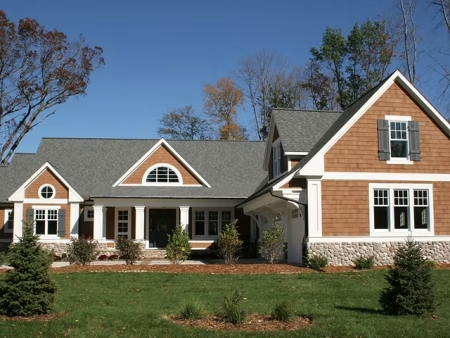A surge in construction activities in the transportation sector of the U.A.E. has led to the widescale adoption of heating, air conditioning, and ventilating (HVAC) systems in the country. The gulf country is spending hefty amounts on the construction of airports and expansion of railway infrastructure. These new facilities adopt HVAC equipment to offer better amenities. For example, the U.A.E. government launched “Route 2020” in 2018, to extend the Red line of Dubai Metro. The government is making similar investments to improve the infrastructure of the country.
These new units are largely focusing on the installation of smart HVAC systems that offer advanced monitoring systems, better controls, smart thermostats, and internet of things (IoT)-based temperature controls. Moreover, these smart systems help in building automation capabilities and provide enhanced temperature variability and cleaner air, in comparison to conventional equipment. These factors will help the U.A.E. HVAC market to progress at a CAGR of 5.2% during 2020–2030. The market stood at $1,873.1 million in 2019 and it is projected to reach $2,774.7 million by 2030.
Due to the desert climate of the U.A.E. and incoming humid breeze from the Persian Gulf, the country has a high requirement for cooling equipment. Additionally, rapid urbanization, owing to the continuous influx of capital from private and government organizations, will lead to the large-scale installation of cooling systems in the coming years. These systems comprise mini splits and window room air conditioners (ACs), split units, water-cooled and air-cooled ducted splits/packaged units, heat pump and heat recovery variable refrigerant flow (VRF) systems, and screw, centrifugal, scroll, reciprocating, and absorption chillers.
In 2019, Dubai installed the highest number of HVAC equipment, due to the escalation in construction activities, on account of the Dubai Expo 2020. Moreover, the rapid diversion of government resources toward infrastructure development and tourism from the oil & gas sector will increase the adoption of HVAC systems in the foreseeable future. The government initiatives, such as the Dubai Tourism Strategy 2020 and the National Strategy for Higher Education 2030, will shoot up the demand for such equipment in the coming years.
The HVAC market in the Abu Dhabi & Al Ain region will display the highest growth in the U.A.E., in the foreseeable future. Currently, the Abu Dhabi government is implementing the Abu Dhabi 2030 plan to reduce the dependence on the oil & gas industry. Moreover, the infrastructure development program aspires to attract at least 7.9 million tourists annually. Further, the expansion of retail and office spaces in the country is expected to boost the construction industry, which, in turn, will augment the requirement for HVAC systems in the future.
Expansion of the infrastructure sector in the country has led to the increased installation of HVAC equipment and provision of maintenance services for such systems by companies operating in the U.A.E. HVAC market, including Johnson Controls International plc, Trane Technologies plc, S.K.M. Cooling LLC, Danfoss A/S, Carrier Global Corporation, LG Electronics Inc., Gree Electric Appliances Inc. of Zhuhai, Zamil Air Conditioners, Mitsubishi Electric Corporation, Daikin Industries Ltd., and Midea Group Co. Ltd. These companies are engaging in partnerships with local players to increase their presence in the country.
Thus, the increasing focus on infrastructure development in the U.A.E. will accelerate the adoption of HVAC systems in the coming years.





